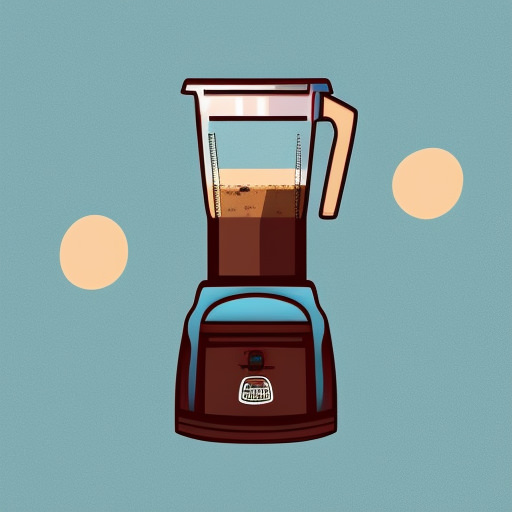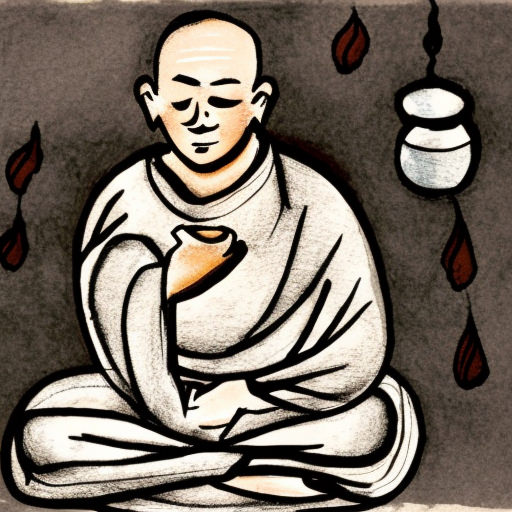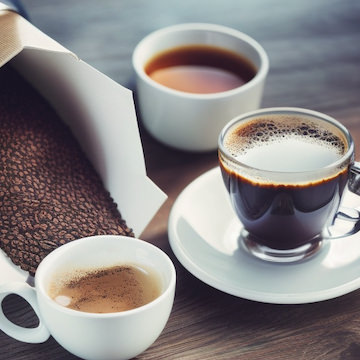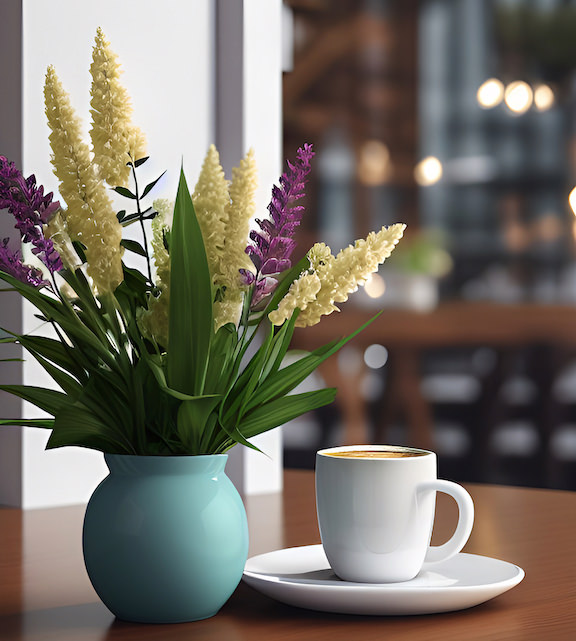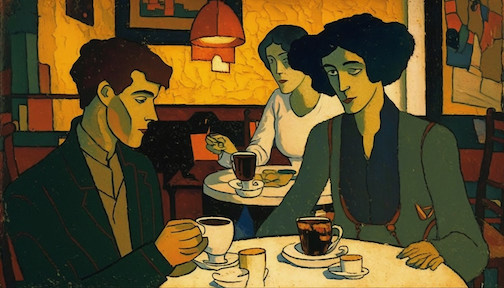Starbucks has become a household name when it comes to coffee, but they have also made a name for themselves in the world of specialty drinks. From the famous Pumpkin Spice Latte to newer creations like the Irish Cream Cold Brew, there’s always something new and exciting to try at Starbucks. But have you ever wondered what goes into these specialty drinks? In this blog post, we will decode some of the most popular Starbucks specialty drink names and the ingredients that make them so delicious.
Let’s start with the ever-popular Frappuccino. A Frappuccino is essentially a blended beverage made with coffee or crème base, ice, and various syrups and sauces to create different flavors. The classic Caramel Frappuccino, for example, is made with a coffee base, milk, ice, caramel syrup, and topped with whipped cream and caramel drizzle. It’s important to note that the coffee base in a Frappuccino is not the same as a regular coffee, as it is specifically made for blending and has a different flavor profile.
Moving on to the hot drinks, the Chai Latte is a popular choice with its warm and spicy flavor. A Chai Latte is made with a black tea concentrate and a blend of spices including cinnamon, ginger, and cardamom. The tea concentrate is mixed with steamed milk and topped with foam. The recipe can be adjusted for sweetness and can be made with non-dairy milk options like soy or almond milk.
Next up, let’s talk about the Starbucks Matcha Latte. Matcha is a high-quality green tea powder made from shade-grown tea leaves. The Matcha Latte is made with this powder, steamed milk, and a sweetener like vanilla syrup. Matcha contains caffeine but also has a calming amino acid called L-theanine which can help reduce stress and increase focus.
Another popular drink at Starbucks is the Vanilla Latte. This drink is made with espresso shots, steamed milk, and vanilla syrup. The amount of syrup used can vary depending on the size of the drink and individual preference. The Vanilla Latte is a great option for those who want a little sweetness in their coffee without going too overboard.
Lastly, let’s not forget about the seasonal drinks that come back each year. The Pumpkin Spice Latte, or PSL for short, is a beloved fall drink. It’s made with espresso, steamed milk, pumpkin spice sauce, and whipped cream topping. The pumpkin spice sauce is a unique blend of pumpkin puree, cinnamon, nutmeg, and clove. As the name suggests, it’s the perfect drink for those looking to get into the fall spirit.
In conclusion, Starbucks has a wide range of specialty drinks made with unique ingredients that give them their distinctive flavors. From the sweet and creamy Frappuccinos to the warm and spicy Chai Lattes, there’s something for everyone to enjoy. The next time you visit Starbucks, try ordering one of these drinks and see why they’re so popular. Who knows, you might just discover your new favorite drink!

